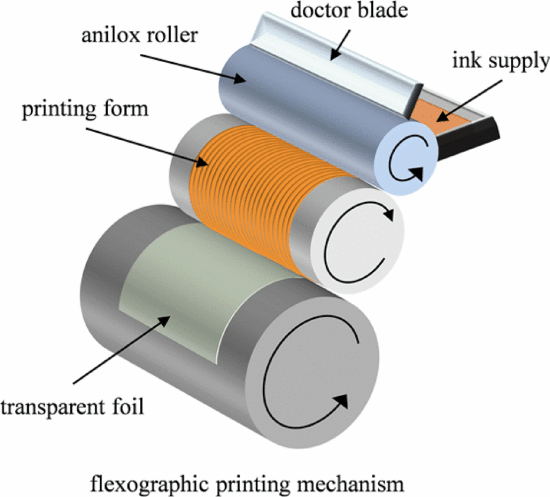Reitberger, T., Franke, J., Hoffmann, G. A., Overmeyer, L., Lorenz, L., Wolter, K. J.
2016 12th International Congress Molded Interconnect Devices (MID), Wuerzburg, Germany, 2016, pp. 1-6
As a tribute to the continuously increasing volume of data traffic, optical waveguides have become a serious alternative to electrical circuitries. The potential of precise spaceresolved strain measurements or the capacity to transmit very large amounts of data are two examples of the beneficial use of optical systems. Apart from the general advantages of the optical signal line, like high electromagnetic compatibility, usage in explosive atmosphere or the reduced weight compared to copper cables, modern technologies make use of the possibilities to integrate optical waveguides into structural components. The printing of polymer optical waveguides is part of the current research in functional printing technology. Optimizing the transmission quality and the resolution are key objectives to establish integrated optical data transmission in industry. The manufacturing of multimode waveguides presented in this work is accomplished by a combination of two printing processes. Before producing the optical waveguide itself, using Aerosol Jet Printing, pre-conditioned areas with either hydrophobic or hydrophilic behavior are generated on flexible substrates with an adapted flexographic printing mechanism. This two-stage process allows for the fabrication of step index waveguides featuring parabolic cross sections with minimum widths down to 10 μm and aspect ratios of about 0.3. Conditioning the substrate, which itself forms the bottom cladding, provides a low surface roughness of the optical core. This paper shows the latest results of printing polymer optical waveguides, focusing on actual challenges and optical transmission quality

Reitberger, T., Franke, J., Hoffmann, G. A., Overmeyer, L., Lorenz, L., Wolter, K. J.
2016 12th International Congress Molded Interconnect Devices (MID), Wuerzburg, Germany, 2016, pp. 1-6
As a tribute to the continuously increasing volume of data traffic, optical waveguides have become a serious alternative to electrical circuitries. The potential of precise spaceresolved strain measurements or the capacity to transmit very large amounts of data are two examples of the beneficial use of optical systems. Apart from the general advantages of the optical signal line, like high electromagnetic compatibility, usage in explosive atmosphere or the reduced weight compared to copper cables, modern technologies make use of the possibilities to integrate optical waveguides into structural components. The printing of polymer optical waveguides is part of the current research in functional printing technology. Optimizing the transmission quality and the resolution are key objectives to establish integrated optical data transmission in industry. The manufacturing of multimode waveguides presented in this work is accomplished by a combination of two printing processes. Before producing the optical waveguide itself, using Aerosol Jet Printing, pre-conditioned areas with either hydrophobic or hydrophilic behavior are generated on flexible substrates with an adapted flexographic printing mechanism. This two-stage process allows for the fabrication of step index waveguides featuring parabolic cross sections with minimum widths down to 10 μm and aspect ratios of about 0.3. Conditioning the substrate, which itself forms the bottom cladding, provides a low surface roughness of the optical core. This paper shows the latest results of printing polymer optical waveguides, focusing on actual challenges and optical transmission quality